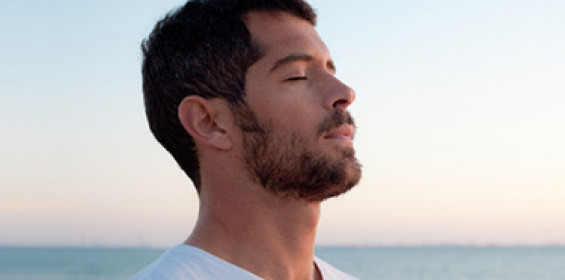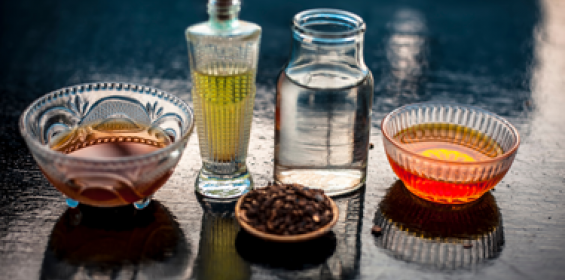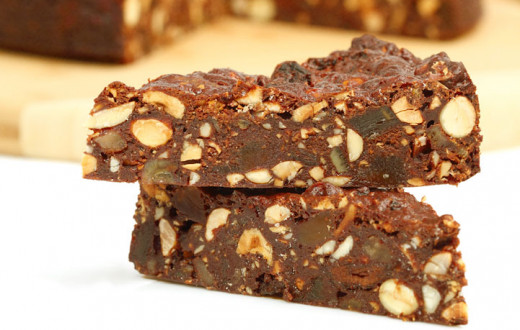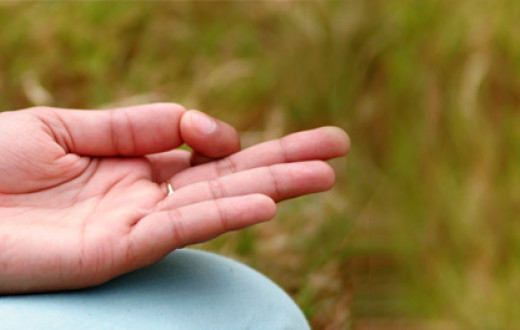Did you know that breathing exercises are not just good for the lungs and calming the mind but also play a significant role in healing diseases? Studies show the role of diaphragmatic breathing in reducing BMI and blood glucose levels in type-2 diabetes. Diabetes also increases the risk of lung disease, making it imperative for patients to adopt breathing for healing.
Abdominal breathing
Abdominal breathing or diaphragmatic breathing is the practice of breathing from your abdomen. Regular abdominal breathing not only helps reduce blood glucose levels in type-2 diabetes patients but also helps reduce blood pressure and anxiety - factors linked with increased insulin resistance. Following are instructions for diaphragmatic breathing:
- Lie in a supine position, comfortable, on a flat surface.
- Take a few deep breaths.
- Keep your shoulders, head, and neck relaxed.
- Put one hand on your upper chest and the other on your lower belly.
- Take a long, deep breath through your nose and completely fill up your lungs.
- As the lungs get filled to their full capacity, your stomach moves upwards (outwards) and the sides of your waist expand while your hand gently rises. Your chest remains relatively still.
- Exhale slowly. The hand resting on your belly will gently return to its original position as the diaphragm contracts.
- Repeat and continue these steps for 5-10 minutes daily.
It usually takes five to ten minutes to practice abdominal breathing, and you can practice it at any time of the day.
Sudarshan Kriya
Studies show Sudarshan Kriya is a promising complementary treatment for diabetics. The breathing technique has been proven to reduce stress, anxiety, and depression which are linked with the worsening of symptoms in patients. The breathing technique also improves sleep which is vital in managing diabetes. It takes twenty minutes to practice this technique. You can learn the technique in an Online Meditation & Breath Workshop.
Q) My condition of diabetes makes me very sad and stressed. What is your advice?
Gurudev Sri Sri Ravi Shankar: Stress and depression worsen diabetes. C’mon, accept it. It is not a big problem. It arises from a metabolic imbalance that can be corrected.
Nadi Shodhan or Alternate Nostril Breathing
This simple breathing exercise unblocks the subtle energy channels called Nadis in the body. Free-flowing energy channels are responsible for feeling calm and rejuvenated. Nadi Shodhan reduces anxiety which is linked with increased glucose levels and reduced fatigue, a symptom of diabetes. It takes five minutes to practice this breathing exercise.
Kapalbhati Pranayama or Skull Shining Breathing Technique
Weight loss is helpful in controlling diabetes and preventing complications in obese patients. Kapalbhati pranayama aids in weight loss stimulates the pancreas and improves digestion. It is advised to practice this breathing exercise on an empty stomach. It usually takes 5 to 10 minutes to practice it.

Bhramari Pranayama
Hypertension or high blood pressure increases insulin resistance and worsens diabetes. Bhramari Pranayama is an excellent breathing exercise to reduce the risk of hypertension and relieve its symptoms in those with the condition.
Bhastrika Pranayama
Fatigue is a common complaint among diabetes patients. Bhastrika pranayama is a quick energy booster that also helps balance doshas - an ayurvedic term for elements in the body.
Diabetes-related symptoms and effects like fatigue, obesity, and stress cause shortness and heaviness in breath. Sudarshan Kriya breathing technique helps to restore one's natural breathing cycle.
Sudarshan Kriya is a breathing technique that you can practice every day. Studies show its potential as a complementary treatment for diabetes. The practice also includes diaphragmatic breathing - the most simple breathing exercise proven to reduce blood glucose levels. Sudarshan Kriya improves sleep quality and stress levels - two factors helpful to get your blood glucose levels right.
Studies show that it takes at least 12 weeks of breathing exercises to bring any significant impact on blood glucose levels of patients.






































